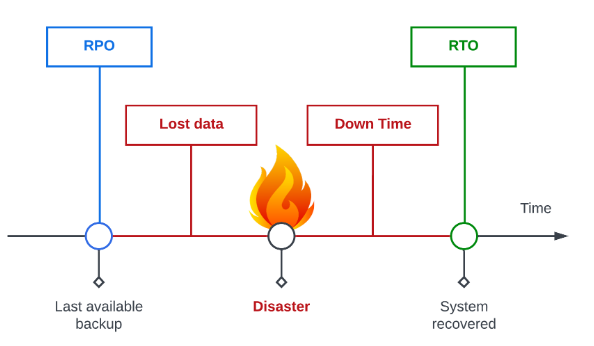Intro
Astronetes Resiliency Operator is a Kubernetes operator that improves the resiliency of cloud native platforms. It acts as the orchestrator that setup and manages the resiliency of Cloud Native platforms, automating processes and synchronizing data and configurations across multiple technologies.
Astronetes Resiliency Operator helps you to accomplish the following:
- Enable active-active architectures for cloud native platforms
- Automate Disaster Recovery plans for cloud native platforms
Use cases
Active-Active architectures
Active-Active architectures are a proven approach to ensure the required resiliency for mission cricital applications. It protects the application from an outage caused by both technical and operational failures in the platform and its dependencies.
Astronetes Resiliency Operator empowers organizations to deploy and maintain applications across multiple clusters or regions, ensuring maximum uptime and seamless user experiences even during failures or maintenance events.
Disaster Recovery
Business continuity refers to the ability that a particular business can overcome potentially disruptive events with minimal impact in its operations. This no small ordeal requires the definition, implementation of plans, processes and systems while involving complete collaboration and synchronization between multiple actors and departments.
This collection of assets and processes compose the company’s Disaster Recovery. Its goal is to reduce the downtime and data loss in the case of a catastrophic, unforeseen situation. Disaster Recovery needs answer two questions:
- How much data can we lose? - Recovery Point Objective (RPO)
- How long can we take to recover the system? - Recovery Time Objective (RTO)

Resiliency Operator provides a solution to improve the business continuity of Cloud Native Platforms by offering a tool that improves resiliency that is transparent in day-to-day operations while having minimal impact in technical maintenance.
Depending on the organisation, system and project necessities resiliency can be improved with a combination of real time synchronization across two or more instances and with a backup and restore strategy. Resiliency Operator implements both methods of data replication across multiple technologies and allows for flexibility on where and how is the information stored.
Business Continuity plans often include complex tests to validate backups content and that they can be restored at any time. To help with these requirements Resiliency Operator includes monitorization systems so that operational teams can make sure that the data is being correctly synchronized and its state in destination.